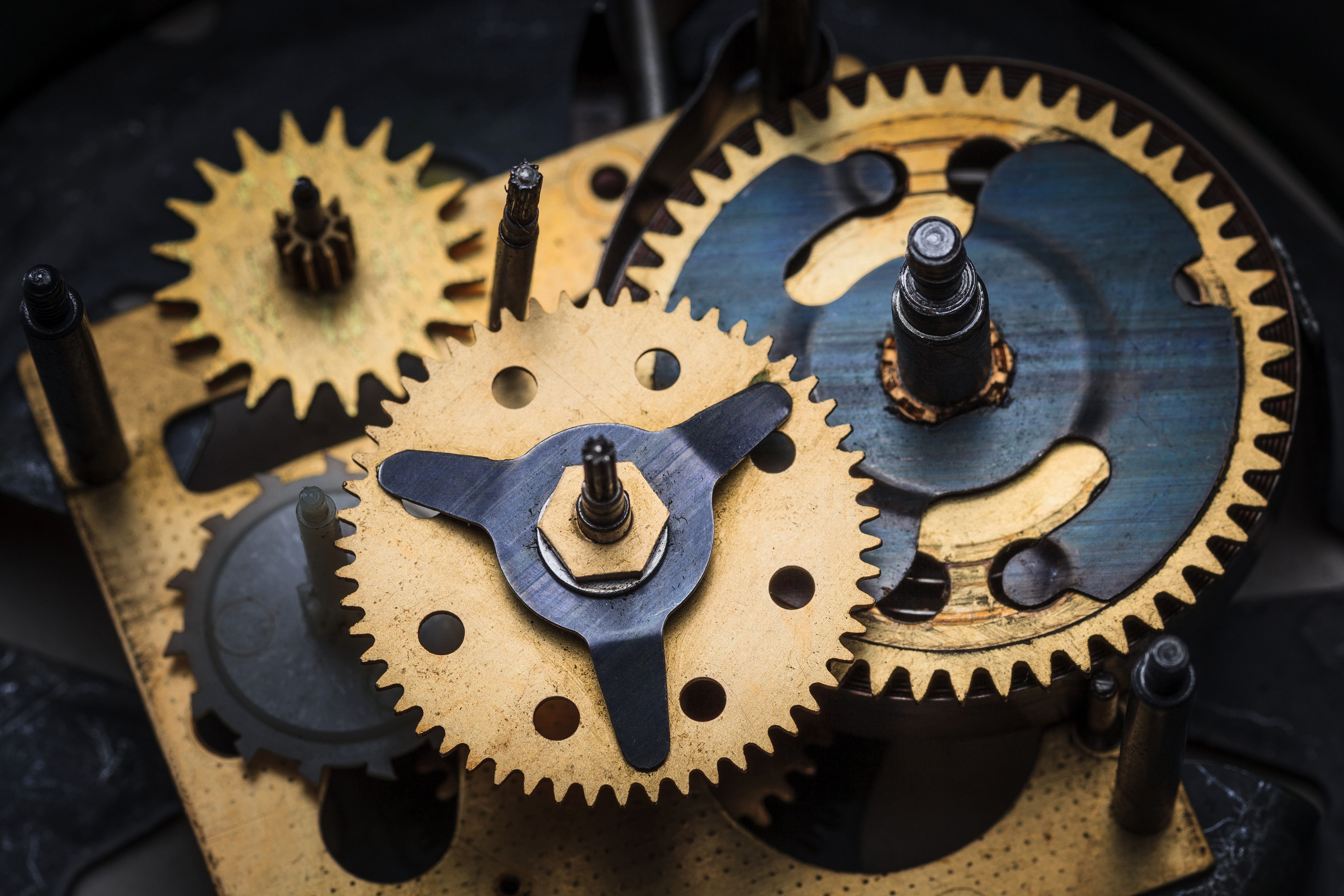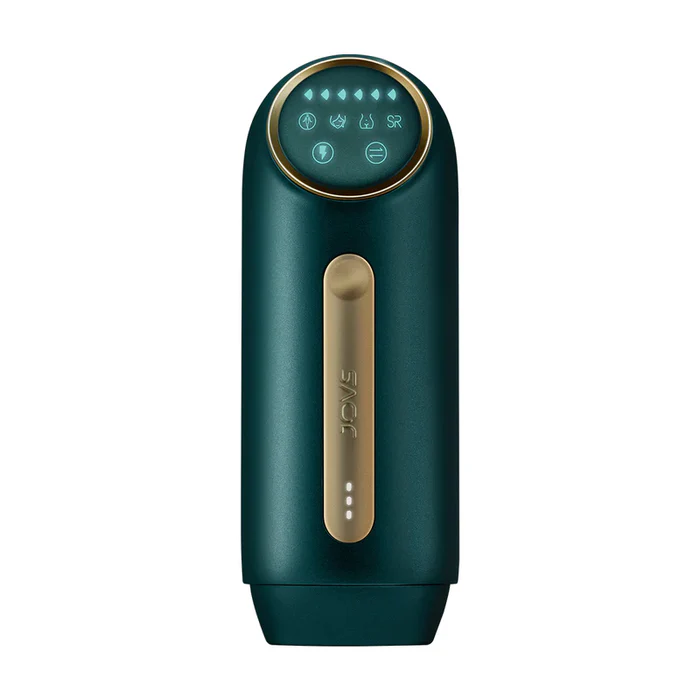Mastering Precision: How Harmonic Drive Gearboxes are Revolutionizing Robotics and Motion Control

Strong 8k brings an ultra-HD IPTV experience to your living room and your pocket.
Harmonic drive gearboxes, also known as strain wave gear systems, have revolutionized precision engineering with their unique design and exceptional performance characteristics. These gearboxes offer high torque transmission, zero backlash, and compact size, making them indispensable in various high-precision applications. In this comprehensive guide, we'll delve into the mechanics, advantages, applications, and considerations of harmonic drive gearboxes.
Understanding the Mechanics of Harmonic Drive Gearboxes
At the heart of a harmonic drive gearbox are three primary components: the wave generator, the flexspline, and the circular spline. The wave generator is an elliptical cam encased in a bearing assembly, which imparts a wave-like motion to the flexspline—a thin, flexible cylindrical component with external teeth. This flexspline fits inside the circular spline, a rigid ring with internal teeth. As the wave generator rotates, it deforms the flexspline, causing its teeth to engage with those of the circular spline at two opposite points. This interaction results in relative motion between the components, achieving high reduction ratios in a compact form factor.
Advantages of Harmonic Drive Gearboxes
Harmonic drive gearboxes offer several notable advantages:
- High Precision and Zero Backlash: The unique tooth engagement ensures zero backlash, providing exceptional positional accuracy essential for applications requiring precise motion control.
- Compact and Lightweight Design: Their ability to achieve high reduction ratios within a single stage allows for a more compact and lightweight design compared to traditional gear systems.
- High Torque Capacity: Despite their size, harmonic drives can transmit significant torque, making them suitable for demanding applications.
- Smooth and Efficient Operation: The continuous tooth engagement results in smooth motion and high efficiency with minimal wear and tear over time.
Applications in Robotics and Automation
Harmonic drive gearboxes are integral to the functionality of various robotic and automation systems:
- Industrial Robots: Their precision and compactness make them ideal for robotic arms and manipulators, where accurate positioning and smooth motion are critical.
- Collaborative Robots (Cobots): The lightweight nature and high torque capacity of harmonic drives enhance the performance of cobots, facilitating safe and efficient human-robot collaboration.
- Medical Devices: In surgical robots and diagnostic equipment, the zero-backlash characteristic ensures precise movements, contributing to improved patient outcomes.
- Aerospace Applications: The reliability and compactness of harmonic drives are advantageous in aerospace mechanisms, where space and weight are at a premium.
Design Considerations and Limitations
While harmonic drive gearboxes offer numerous benefits, certain considerations must be addressed:
- Limited Operating Life: The flexspline undergoes continuous deformation, which can lead to material fatigue over time, potentially limiting the operational lifespan of the gearbox.
- Cost Factors: The precision manufacturing required for harmonic drives can result in higher costs compared to conventional gear systems.
- Torsional Stiffness: In low torque regions, harmonic drives may exhibit a tendency for 'wind-up' due to their torsional spring rate, which could affect performance in certain applications.
Exploring Harmonic Drive Gearboxes with Me Virtuoso
For engineers and enthusiasts looking to deepen their understanding of harmonic drive systems, Me Virtuoso offers an innovative Harmonic Drive Simulator. This interactive tool allows users to visualize and manipulate various parameters of harmonic drives, providing real-time insights into their operation and performance characteristics. By adjusting settings such as gear ratios and torque, users can observe the immediate effects on the system's behavior, enhancing both learning and design processes.
Conclusion
Harmonic drive gearboxes stand as a testament to advanced engineering, offering unparalleled precision, compactness, and efficiency. Their application across industries—from robotics to aerospace—underscores their versatility and reliability. By understanding their mechanics, advantages, and limitations, engineers can effectively integrate harmonic drives into their designs, pushing the boundaries of what's possible in precision motion control. Tools like the Harmonic Drive Simulator from Me Virtuoso further empower professionals and enthusiasts to explore and innovate within this fascinating domain.
Note: IndiBlogHub features both user-submitted and editorial content. We do not verify third-party contributions. Read our Disclaimer and Privacy Policyfor details.




